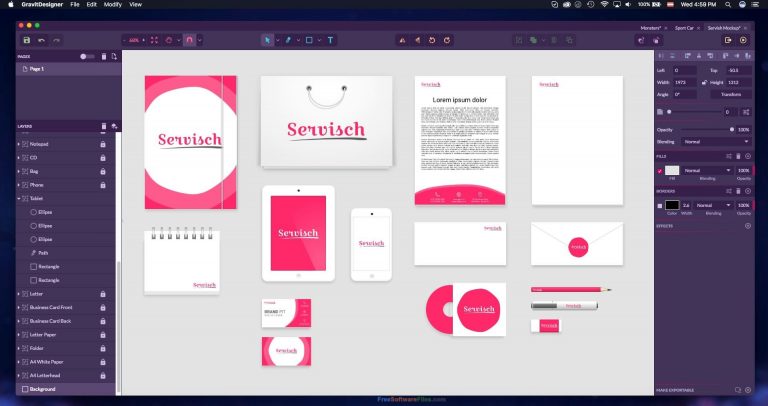
.jpg)
Method fetches the appropriate data and uses the data to fill in the view RecyclerView calls this method to associate a ViewHolder with data. ViewHolder and its associated View, but does not fill in the view'sĬontents-the ViewHolder has not yet been bound to specific data. RecyclerView calls this method whenever it When you define your adapter, you override three key methods: The process ofĪssociating views to their data is called binding. Objects as needed and also sets the data for those views. Layout for an individual item in the list. The ViewHolder is a wrapper around a View that contains the These two classes work together to define how your data isĭisplayed. Once you determine your layout, you need to implement your Adapter and Layout when you design the view holder, as described in the next section. You also need to design the layout of the individual items. In a row or column can end up offset from each other. Have the same width (for horizontal grids). Row have the same height (for vertical grids) or items in the same column Is similar to GridLayoutManager, but it does not require that items in a The elements in each column have the same width and height, but different

If the grid is arranged horizontally, GridLayoutManager tries to make all.The elements in each row have the same width and height, but different rows If the grid is arranged vertically, GridLayoutManager tries to make all.The RecyclerView library provides three layout managers, which handle theĪrranges the items in a one-dimensional list.Īrranges the items in a two-dimensional grid: The items in your RecyclerView are arranged by aĬlass. Wrapper around a View, and that view is managed by RecyclerView.ĭefine the Adapter that associates your data with the ViewHolder views. Provides all the functionality for your list items. On this design, extend the ViewHolder class. Use one of the RecyclerView library's standard layout managers.ĭesign how each element in the list looks and behaves. They are explained in detail in the following sections.ĭecide how the list or grid looks. If you're going to use RecyclerView, there are a few things you need to do. You can see how all the pieces fit together in the RecyclerView sample app Layout managers are all based on the library's Use one of the layout managers provided by the RecyclerView library, or you canĭefine your own. The layout manager arranges the individual elements in your list. The RecyclerView requests views, and binds the views to their data,īy calling methods in the adapter. The view holder is created, the RecyclerView binds it to its data. The view holder is created, it doesn't have any data associated with it.

To your layout the way you would add any other UI element.Įach individual element in the list is defined by a view holder object. It's a view itself, so you add RecyclerView Several classes work together to build your dynamic list.Ĭorresponding to your data.
#A simple guide to gravit designer code
On this page, RecyclerView in code font always means the class Note: RecyclerView is the name of both the class and the library that contains RecyclerView improves performance and your app's responsiveness, and it RecyclerView reuses the view for new items that have scrolled onscreen. Item scrolls off the screen, RecyclerView doesn't destroy its view. The data and define how each item looks, and the RecyclerView libraryĭynamically creates the elements when they're needed.Īs the name implies, RecyclerView recycles those individual elements. RecyclerView makes it easy to efficiently display large sets of data.


 0 kommentar(er)
0 kommentar(er)
